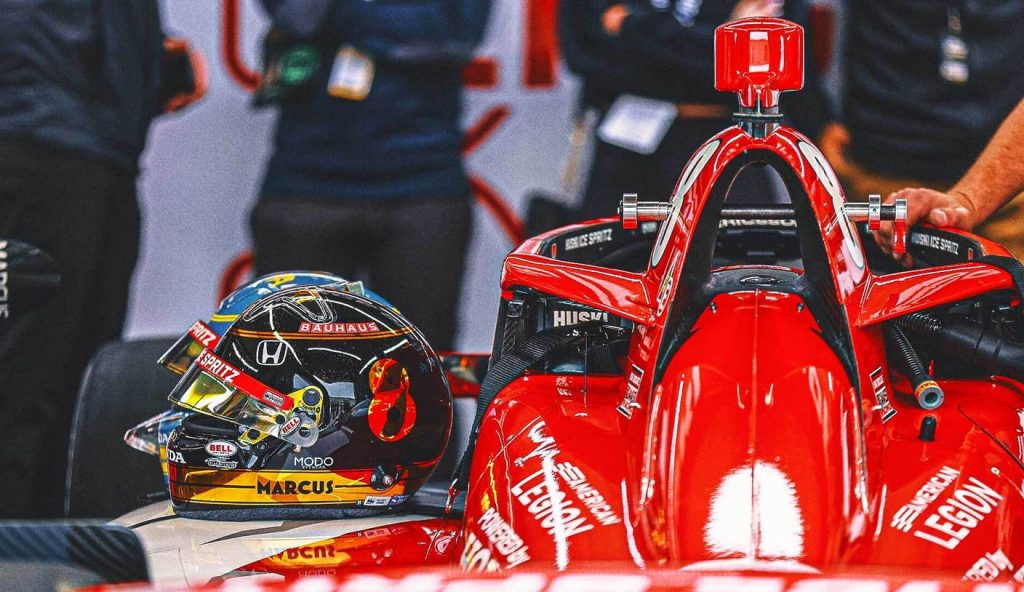The Spectacle of American Motorsports
Motorsports in the United States offer a diverse array of racing experiences, from the thunderous roar of NASCAR to the sleek, high-speed precision of INDYCAR and the cutting-edge technology of Formula 1. Each of these series has its unique characteristics, making them distinct in their own right. NASCAR, with its stock cars that resemble vehicles you might see on the street, offers a rugged and intense driving experience. INDYCAR, on the other hand, features open-wheel cars that are designed for speed and agility, often reaching over 240 mph. Formula 1, while not as prevalent in the U.S., is the pinnacle of motorsport, with cars that push the boundaries of automotive technology.
The NASCAR Experience: Power and Precision
NASCAR Cup Series cars are designed to be robust and powerful. At tracks like Indianapolis, these stock cars can reach speeds of 180 mph, and at other venues, they can exceed 200 mph. The engines are normally aspirated, with a 358-cubic inch displacement that delivers 670 horsepower. The car’s dimensions are carefully regulated, with a wheelbase of 110 inches, a width of 78.6 inches, and a height of 50.4 inches. The total weight, excluding the driver, is 3,200 pounds. NASCAR primarily competes on oval tracks, with five permanent road courses and one street course. The series is known for its close, often dramatic racing, where the best drivers can push their cars to the brink of control, creating heart-stopping moments of excitement.
The INDYCAR Edge: Speed and Agility
INDYCAR, with its open-wheel design, offers a different kind of thrill. These cars are built for speed and precision, often reaching 240 mph at Indianapolis. The power comes from a twin-turbocharged 2.2-liter V-6 hybrid engine, producing 650-700 horsepower. Drivers can also use push-to-pass and hybrid systems to gain an additional 120 horsepower, bringing the total to 770 horsepower if both systems are activated simultaneously. INDYCAR runs on ethanol, a cleaner fuel compared to the unleaded fuel used in NASCAR and F1. The car’s dimensions are 117.5-121.5 inches in wheelbase, 75.75-76.5 inches in width, and 40 inches in height. The weight, excluding the driver, ranges from 1,635 to 1,785 pounds, depending on the course. INDYCAR primarily competes on street and road courses, with a few oval tracks, offering a versatile and challenging racing environment.
The Formula 1 Phenomenon: Cutting-Edge Technology
Formula 1 represents the pinnacle of motorsport technology. These cars can reach speeds of 230 mph and are designed to excel on street and road courses. The engines are turbocharged 1.6-liter V-6 units that produce 1,000 horsepower, with 800 horsepower coming from the engine and about 160 horsepower from the hybrid recovery system. The wheelbase is a considerable 142 inches, and the car weighs 1,752 pounds without the driver. The height is 37.4 inches, and the width is 78.74 inches. Formula 1 cars are incredibly advanced, with complex aerodynamics and sophisticated systems that push the boundaries of automotive engineering. The series is known for its precision and high-speed maneuvering, making it a thrilling spectacle for motorsport enthusiasts.
Driver Perspectives: Pato O’Ward’s Insights
To gain a deeper understanding of the differences between these cars, we spoke with Pato O’Ward, a McLaren driver and the defending winner of the Grand Prix of St. Petersburg. O’Ward, who tested a Formula 1 car in December and is set to make his 90th INDYCAR start this weekend, offers unique insights into the nuances of each series. "Two different beasts," O’Ward said, comparing INDYCAR and Formula 1. "Formula 1 is very neck-heavy just because of the lateral Gs and longitudinal Gs. I would say INDYCAR is extremely upper-body heavy because no power steering. You’re kind of like wrestling a bear with the INDYCAR. F1 acts a bit more gentle." O’Ward’s experience highlights the physical demands of each series, with INDYCAR requiring a strong upper body to handle the lack of power steering, while Formula 1 places significant strain on the neck due to the high G-forces.
The Human Element: Skill and Endurance
While the technical specifications of these cars are impressive, it is the human element that truly brings the sport to life. The best drivers in each series are those who can master the unique challenges of their respective vehicles. In NASCAR, drivers must navigate the close-quarters racing and the constant threat of a wreck. In INDYCAR, the focus is on speed and precision, with drivers pushing their cars to the limit on challenging road and street courses. Formula 1 drivers, on the other hand, must contend with the high-speed precision and the physical demands of the car, all while maintaining the highest levels of performance. The skill, endurance, and determination of these drivers are what make American motorsports such a thrilling and dynamic spectacle.
The Future of Motorsports: Innovation and Evolution
As motorsport continues to evolve, each series is pushing the boundaries of what is possible. NASCAR is exploring new technologies and safety measures to enhance the racing experience. INDYCAR is focusing on sustainability with its use of ethanol and hybrid systems. Formula 1 is leading the way in innovation, with advanced engines and aerodynamics that push the limits of automotive technology. The future of motorsports is bright, with each series offering a unique and exciting experience for fans. Whether you prefer the raw power of NASCAR, the speed and agility of INDYCAR, or the cutting-edge technology of Formula 1, there is something for everyone in the world of American motorsports.











